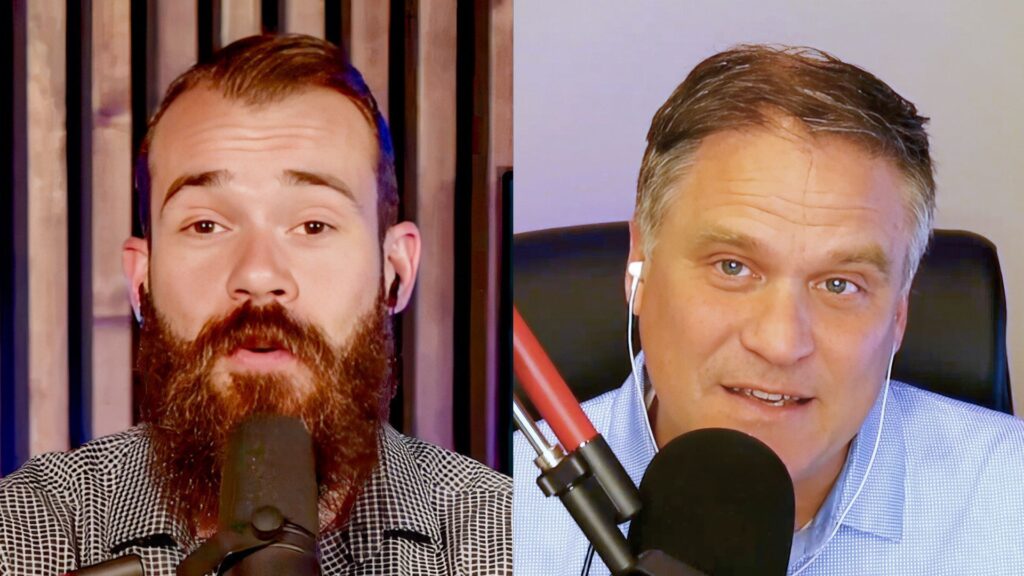The list gave a snippet about each people group and told where in the area they were mostly concentrated. Those were sweet times of prayer and community, and the people group list really helped us wrap our minds around the task before us. I began to notice that a peculiarly high number of the people groups were listed as basket weavers by trade and were reported to reside right there in our city.
Having lived there for a few years, though, I just could not remember ever seeing any baskets. Tupperware, Rubbermaid and their plastic knockoffs abounded, and of course wooden cabinetry was everywhere. Handwoven baskets—or any baskets for that matter—were curiously absent. If these basket-weaving craftspeople were so densely present in our city, then just where were their wares?
Traditional people group categories often fail to accurately represent the populations living in today’s cities.
Lisa Hoff, chair of Intercultural Studies at Gateway Seminary and an expert in urbanization, argued in an article1 for the International Mission Board (IMB) just a couple years ago that traditional people group categories often do not hold up in today’s cities.
“Diverse urban populations are created,” she explained, “when migrants move into established neighborhoods and people’s lives begin to rub up against one another… The process of adapting to city life often influences identity and cultural practices.”
In an article2 for The Gospel Coalition last year, Southern Seminary’s Paul Akin pointed out that “with increased urbanization, people are relocating to global cites and assimilating into other near-culture peoples.” He went on to warn that “increasing urbanization is creating a variety of challenges for the unreached-people-groups strategy.” Here is how Akin broke it down:
“While people-group lists and charts can be helpful, anyone who’s lived overseas knows how messy things can be on the ground. People don’t always self-identify in ways consistent with the people-group lists. Migration, linguistic nuances, and cultural expressions can change the way people identify.”
I was surprised to learn recently that veteran IMB missionaries Kevin Baggett and Randy Arnette (now with Christ) had already identified this issue in some of their scholarly work3 back in 2016. “In many urban areas,” they reported, “the assimilation of multi-ethnic, multi-geo-political, multi-linguistic peoples has transformed the population into a cosmopolitan amalgamation.” The two missiologists went on to explain that urbanites often identify more closely with others of the same vocation, age, or education level than they do with those in their supposed people group.
The ethne of the Great Commission do not necessarily refer to our sociolinguistic people groups.
Just last year, Darren Carlson and Elliot Clark of Teaching Leaders International (TLI) put forward the idea that the ethne of the Great Commission do not necessarily refer to our sociolinguistic people groups.4 Carlson and Clark recounted that when the people group framework was gaining steam in the 1970s and 80s, evangelical missiologists were rightly moving to unseat the “purely geographic and nationalistic understanding of ethne” that had been in use for so long. But identifying the ethne with modern sociolinguistic people groups has never been exactly biblical either:
“When Jesus spoke of the nations, his Jewish hearers would have understood him to be referring to the pagan nations surrounding Israel… When Jesus said his gospel was for the ethne, he wasn’t primarily addressing linguistic or socio-scientific demographics.”
Peter Lee and James Park had pointed a spotlight on this issue back in a 2018 article5 for the scholarly journal Missiology. They had shown that today’s people group concept based on sociolinguistic categories “would have been foreign to the Matthean author; dividing the world’s peoples into distinct groups by phenotypes or cultural-linguistic markers is a relatively modern phenomenon.” Instead, Lee and Park reported that the consensus of New Testament scholarship read the Great Commission’s ethne reference as proclaiming purely and simply that “salvation is not limited to Jews, but is also offered to Gentiles, and even the entire world.”
Traditional people group categories often do not hold up in today’s cities, but on the bright side, the ethne of the Great Commission do not necessarily refer to those sociolinguistic groupings anyway.
So it seems clear that we missionaries in urban centers today would do well to let the lines between our city’s supposed people groups blur, and that is exactly what IMB veterans Kevin Baggett and Randy Arnett were calling for almost five years ago. They suggested using “fuzzy categories” which would group urban people according to multiple criteria relevant to the social channels with which they actually identify rather than according to the old sociolinguistic demarcations which are – in terms of their lived experience – pretty much artificial.
Almost nobody in our Indian city really weaves baskets for their livelihood anymore, and that explains why I never remember seeing any baskets being sold along the streets. Our neighbors see themselves as IT workers, not as Banjaras. Their families have traditionally belonged to various sociolinguistic people groups, but they identify with those who work in the same industry as they do or who had the same major in college. So if the structure of our team prayer meetings were to be built around multi-factor categories of urbanites based on the ways in which they actually live, work and understand themselves, then we would not only be impassioned to reach the city, we would also have an accurate understanding of who really makes up our city in the first place.
This past year David Platt6 and Matthew Bennett7 have each offered wise and practical counsel on how missionaries and existing national churches can not only navigate but celebrate the people group blurring going on in today’s urban centers.
1. https://www.imb.org/2018/11/12/future-church-city/
2. https://www.thegospelcoalition.org/article/missions-unreached-people-groups/
3. https://sbts-wordpress-uploads.s3.amazonaws.com/sbts/uploads/sites/8/2012/08/SBJME-2-Final-1.pdf
4. https://www.thegospelcoalition.org/article/misleading-words-missions-strategy-unreached-people-groups/
5. https://journals.sagepub.com/doi/abs/10.1177/0091829618774332
6. https://www.desiringgod.org/articles/rethinking-unreached-peoples
7. https://www.imb.org/2019/03/21/how-not-engage-unreached/




